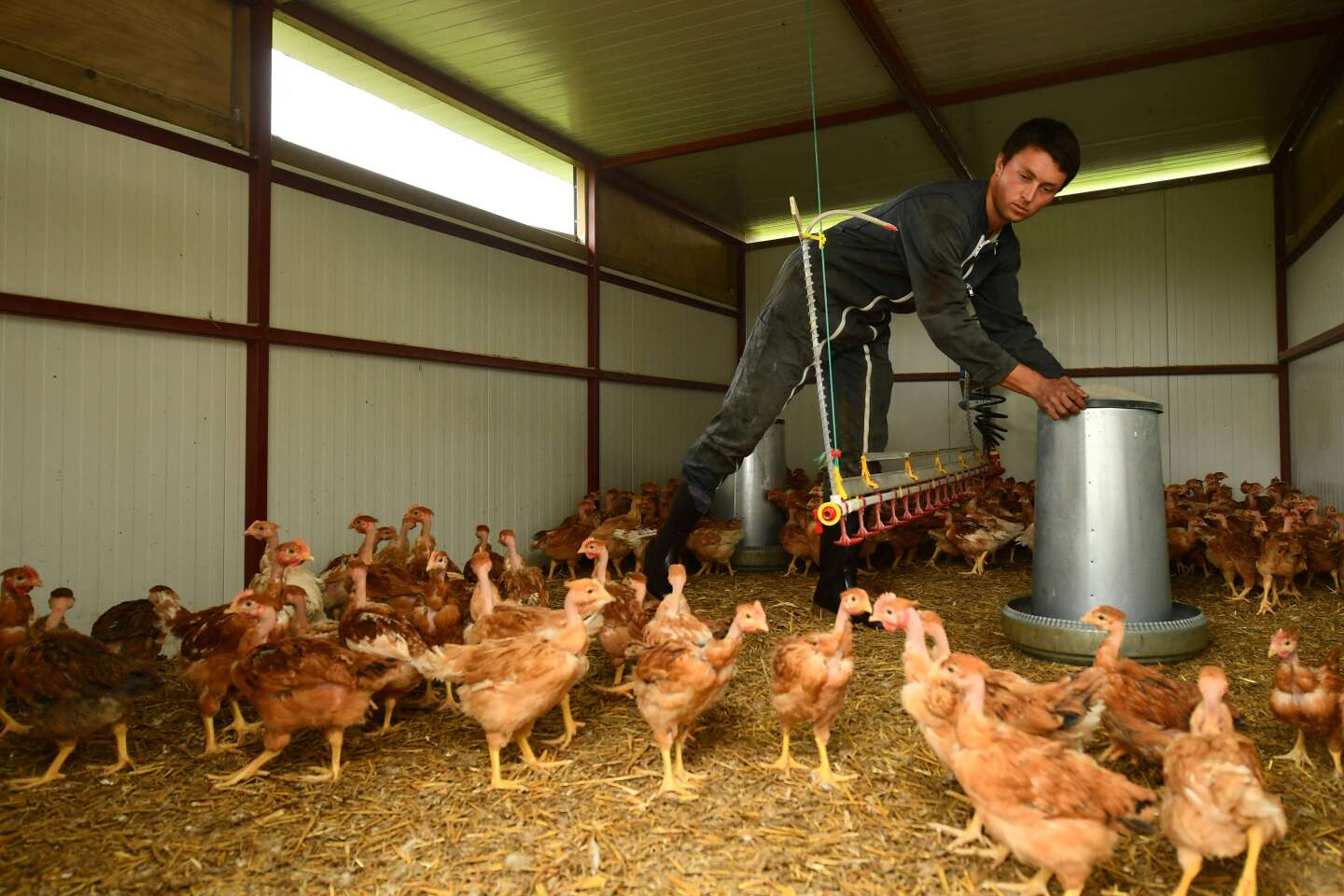Every year the Ministry of Agriculture publishes an estimate of the average pre-tax income of farmers by sector. The opportunity to discover disparities between productions. The latest published data, relating to the year 2022, place pig farmers at the top of the ranking, with an average annual income estimated at 124,409 euros, followed by beet and potato producers, with 89,599 euros, then by winemakers, with 78,590 euros , from cereal producers to farmers, with 66,381 euros, and poultry producers (58,317 euros).
But cereal farmers, beet farmers and pig farmers are subject to changes in world prices and their income can vary greatly from year to year. Sheep and goat farmers (19,819 euros), beef cattle farmers (26,601 euros) and fruit growers (29,360 euros) are traditionally at the bottom of the salary rankings.
The mixed crop-livestock model in decline
It is not surprising that cattle farming is the one most affected by the contraction of the agricultural network. In ten years, 31% of agricultural companies have disappeared. The representatives of the vegetable sector, such as the producers of the main crops (cereals, oilseeds, beets, potatoes) and winemakers, have now become the majority on the national territory.
Today there are 112,000 farms specializing in herbaceous crops, 59,000 in viticulture, compared to 48,000 producers of beef. And the mixed crop-livestock model, which has always been a strong point of French agriculture, is losing momentum and now represents only 10% of farms.
The fragilities of agricultural activities are also linked to their size. Those who suffer the most are the smaller farms, with a turnover of less than 250,000 euros per year. Almost a third of them have disappeared in ten years. There are still 108 thousand left. On the other hand, agricultural companies classified as large, with a turnover exceeding 250 thousand euros, are gaining ground. They are the only ones seeing their numerical progress. There are 77,000 of them and they have an average surface area of 136 hectares.
